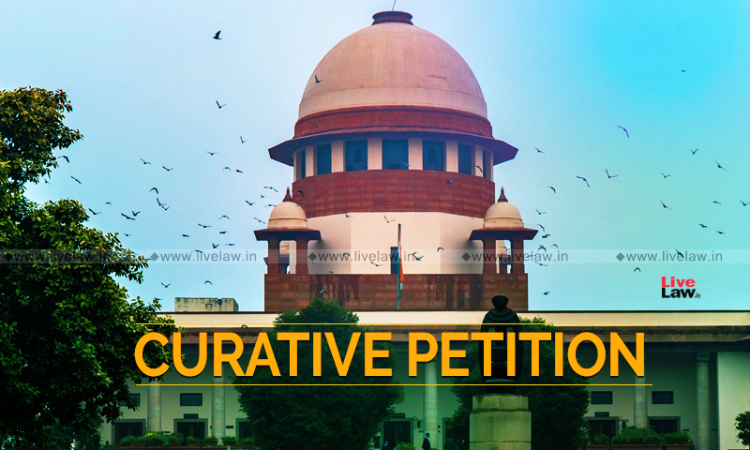- Home
- /
- Know the Law
- /
- Explained-What Is Curative...
Explained-What Is Curative Petition?
Arabhi Anandan
16 Jan 2020 8:09 AM IST
Curative petition is the last constitutional remedy available to a person whose review petition has been dismissed by the Supreme Court.Though the Constitution explicitly speaks about the review power of the Supreme Court under Article 137, it is silent about 'curative power'. The curative petition was given shape and form in the case of Rupa Ashok Hurra v. Ashok Hurra & Anr.,where the...
Next Story



